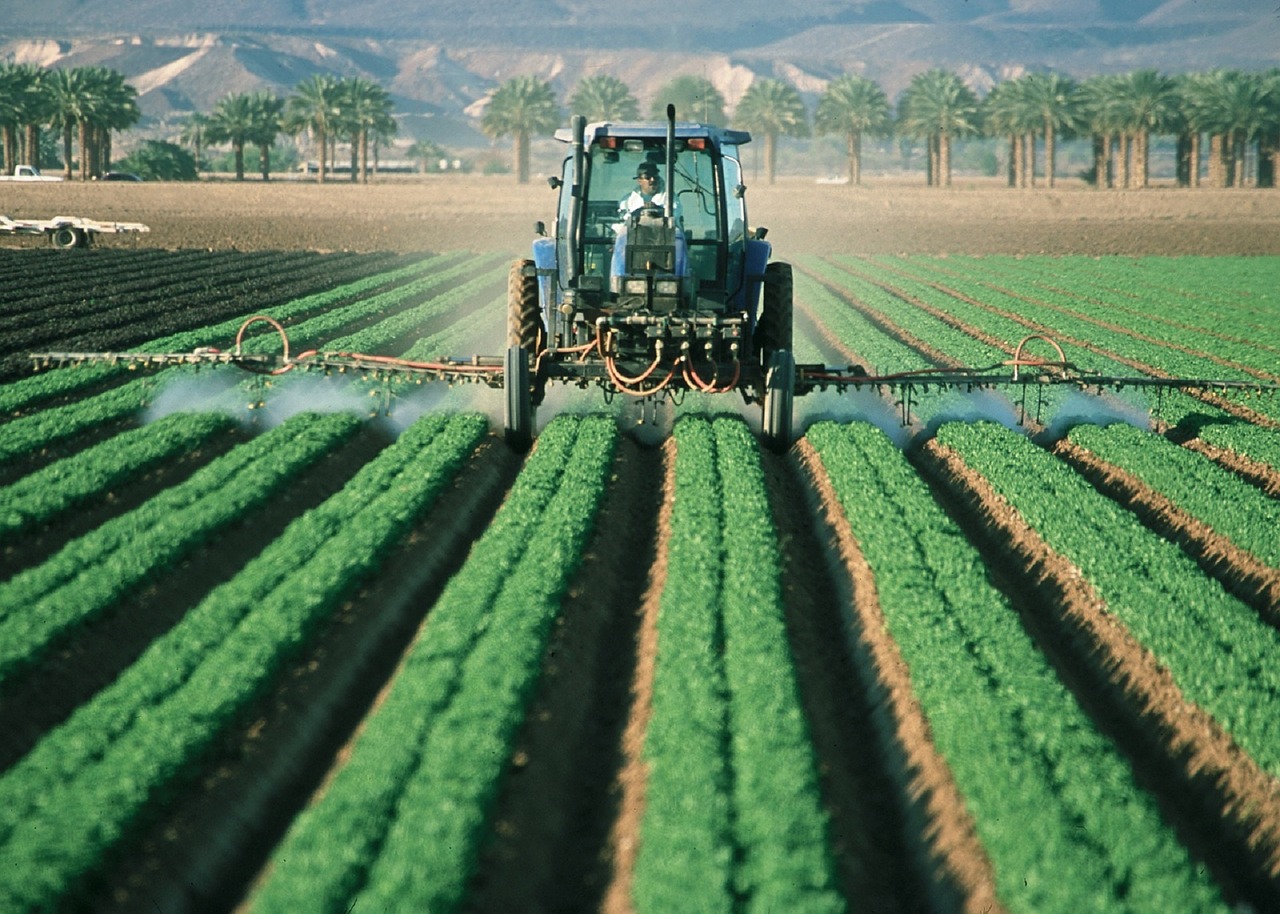Modern Agriculture Drives Hunger, Obesity and Disease While Simultaneously Threatening Food Chain and Worsening Water Crisis
Author: Dr. Mercola | Published: April 25, 2017
“Regenerative food, farming and land use can provide a solution to the health crisis, the water crisis, environmental degradation, climate change, rural poverty, hunger and war.” ~ Ronnie Cummins, Founding Meeting of Regeneration International, June 9, 2015, Finca Luna Nueva, Costa Rica
If you’d walked up to a farmer 100 years ago and told him farming would one day threaten life on Earth, he probably would have laughed in your face, saying such a thing simply isn’t possible.
Agriculture is necessary for food production, and therefore for life, the farmer would have said with firm conviction — and farming the land or raising cattle is not going to unduly harm anything or anyone.
Today, however, such an impossible scenario is precisely what we’re facing. Virtually every growing environmental and health problem can be traced back to modern food production. This includes but is not limited to:
- Food insecurity and malnutrition amid mounting food waste
- Rising obesity and chronic disease rates despite growing health care outlays
- Diminishing fresh water supplies
- Toxic agricultural chemicals polluting air, soil and waterways, thereby threatening the entire food chain from top to bottom
- Disruption of normal climate and rainfall patterns
The good news is there are viable answers to all of these problems that do not merely scratch at the surface, and the answers hinge on the widespread implementation of regenerative agriculture and decentralized food distribution.
It’s easy to forget that at one point, not so long ago, all food was organically grown in a way that supported the ecosystem and environment as a whole. This all changed in the 1940s when the Green Revolution took hold and industrial, chemical-dependent farming techniques quickly spread to become the norm.
Industrial Farming Has Proven Itself a Failed Experiment
Farming has sustained mankind for millennia. Industrial farming, on the other hand, has managed to create a series of unsustainable situations in less than 70 years, and evidence suggests we will not make it until the end of the century if we continue along the path of degenerative food and farming.
Topsoil destruction, erosion and desertification are exacerbated by tilling, monocropping and not using cover crops. Maria-Helena Semedo of the Food and Agriculture Organization of the United Nations has warned that at the current rate of topsoil degradation, all the world’s topsoil will be gone in less than 60 years.1
At that point, it’ll be “game over” because without topsoil you cannot grow food no matter how many chemicals you add to it. Closely related problems are the loss of soil fertility and biodiversity, which is directly related to the loss of natural carbon in the soil.
An estimated 80 percent of soil carbon in heavily farmed areas has already been lost,2 due to destructive plowing, overgrazing and the use of soil-destructive, carbon-depleting chemical fertilizers and pesticides.
Industrial monocropping has also led to the loss of diversity. Seventy-five percent of the world’s crop varieties have gone the way of the dinosaurs in the last 100 years, and another 20 percent of all plants worldwide are threatened with extinction.3
Toxic contamination adds to the problem. According to studies by the Chinese government, 20 percent of arable land in China is now unusable due to pesticide contamination,4 and important crop pollinators such as butterfly and bee populations have collapsed, thanks to widespread pesticide application.5
Modern agriculture also promotes water waste through use of flood irrigation, destruction of soil quality and poor crop choices.
According to the U.S. Department of Agriculture, about 80 percent of U.S. consumptive water (and more than 90 percent in many Western states) is used for agricultural purposes6 and, worldwide, groundwater is being used up at a faster rate than it can be replenished.
According to James Famiglietti, a senior water scientist at NASA’s Jet Propulsion Laboratory, the majority of our global groundwaters “are past sustainability tipping points,”7 which means it’s only a matter of time until we run out of fresh water.
Without food or drinkable water, the end of civilization as we know it is pretty well-assured. The question is will enough people have the foresight to change course?
Industrial Food System Promotes Both Obesity and Malnourishment
The industrialization and centralization of food production was done to increase farmers’ capacity to grow more food at a lower cost. Unfortunately, a core principle was lost in this efficiency equation — that of food quality and nutrient density.
Today, we have ample amounts of “good-looking” foods, thanks to genetic engineering and agricultural chemicals. What you don’t see is the loss of nutrients. Tests reveal that the nutrient content of foods has dramatically declined since the introduction of mechanized farming in 1925.8
As just one example, to receive the same amount of iron you used to get from one apple in 1950, by 1998 you had to eat 26 apples; today you have to eat 36, and this is a direct consequence of industrial farming techniques and use of chemicals that destroy soil quality by killing essential microbes.
We now know that, just as the human gut microbiome plays integral roles in human health, so the soil microbiome influences nutrient uptake and plant health. Soil microbes even help regulate the invasion of pests.
It’s not surprising then that as nutrient density declined and toxic exposures via food increased, obesity and chronic disease rates have dramatically risen — so much so that obesity now threatens to overtake hunger as the No. 1 global health concern.

